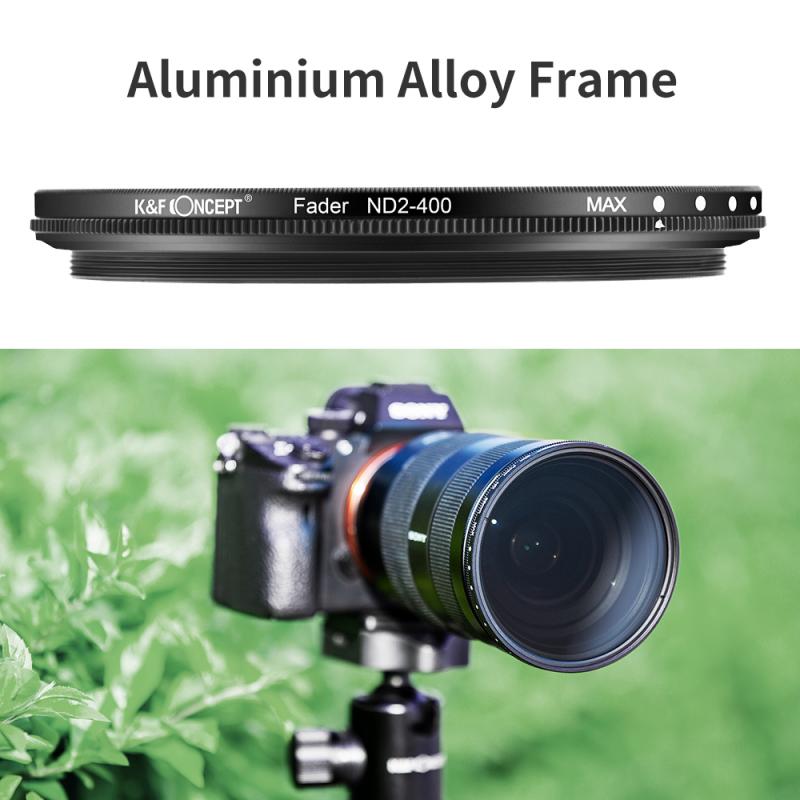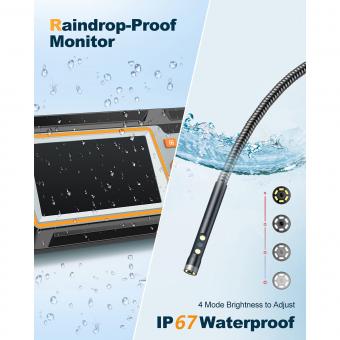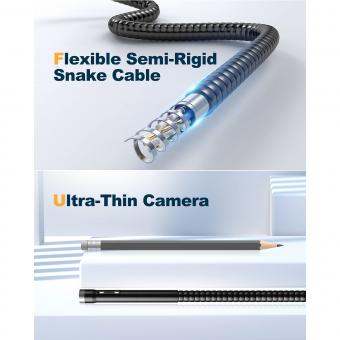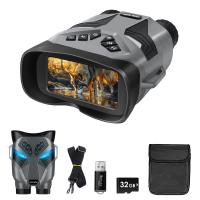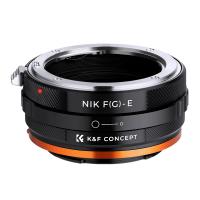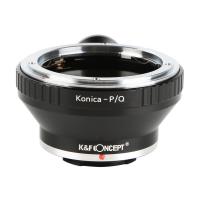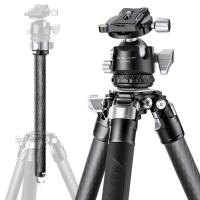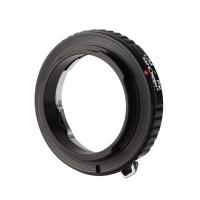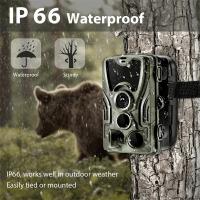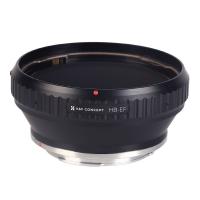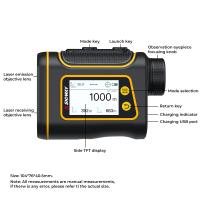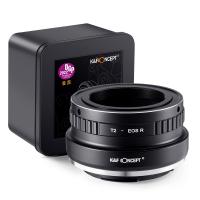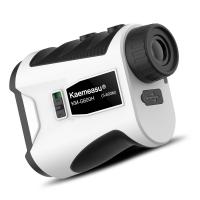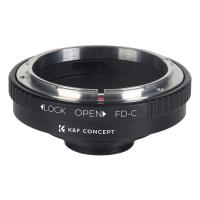How So They Clean A Endoscopic Camera ?
Endoscopic cameras are typically cleaned using a combination of manual and automated processes. The camera is first disconnected from the endoscope and any detachable parts are removed. The external surfaces of the camera are then wiped down using a disinfectant solution or wipes.
For internal cleaning, the camera is often connected to a cleaning adapter or docking station, which allows for automated cleaning. This involves flushing the camera with a cleaning solution or disinfectant, followed by rinsing with water or sterile solution. The cleaning solution helps remove any debris or organic material that may have accumulated on the camera.
After the automated cleaning process, the camera is thoroughly dried to prevent moisture buildup. This can be done using compressed air or by allowing the camera to air dry in a controlled environment. Once dry, the camera is reassembled and undergoes a final inspection to ensure it is clean and functioning properly before being used again for endoscopic procedures.
1、 Disinfection methods for endoscopic cameras
Disinfection methods for endoscopic cameras are crucial to ensure patient safety and prevent the spread of infections. Endoscopic cameras are used in various medical procedures, such as gastrointestinal endoscopy, bronchoscopy, and laparoscopy, where they come into direct contact with the patient's body fluids and tissues. Therefore, proper cleaning and disinfection protocols are essential to maintain the integrity of the equipment and prevent cross-contamination.
The cleaning process for endoscopic cameras typically involves several steps. First, the camera is disconnected from the endoscope and any detachable parts are removed. These components are then cleaned using enzymatic detergents or specialized cleaning solutions to remove organic debris and other contaminants. Manual scrubbing or the use of automated cleaning devices may be employed to ensure thorough cleaning.
After cleaning, the camera and its components undergo a disinfection process. High-level disinfection is typically recommended, which involves the use of chemical disinfectants that can kill a wide range of microorganisms, including bacteria, viruses, and fungi. Common disinfectants used for endoscopic camera disinfection include glutaraldehyde, peracetic acid, hydrogen peroxide, and ortho-phthalaldehyde.
The latest point of view in endoscopic camera disinfection is the use of automated endoscope reprocessors (AERs). These machines provide standardized and consistent disinfection processes, reducing the risk of human error. AERs can perform cleaning, disinfection, and drying of endoscopic cameras and their components in a closed system, minimizing the potential for contamination.
Additionally, advancements in technology have led to the development of disposable endoscopic camera covers. These covers can be used to protect the camera during procedures and are discarded after each use, eliminating the need for extensive cleaning and disinfection.
In conclusion, the cleaning and disinfection of endoscopic cameras are critical to maintain patient safety and prevent infections. Proper protocols, including thorough cleaning, high-level disinfection, and the use of AERs or disposable covers, should be followed to ensure the integrity and effectiveness of these essential medical devices.
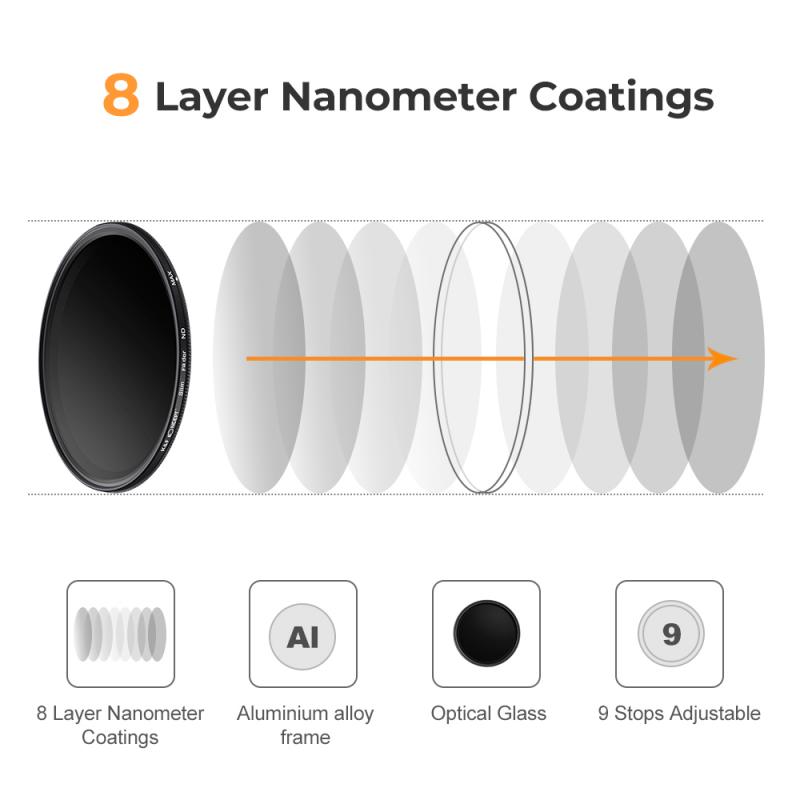
2、 Cleaning techniques for endoscopic camera lenses
Cleaning techniques for endoscopic camera lenses have evolved over the years to ensure optimal performance and maintain the highest level of hygiene. The endoscopic camera is a crucial tool used in various medical procedures, and its cleanliness is of utmost importance to prevent the spread of infections and ensure accurate imaging.
The cleaning process for an endoscopic camera involves several steps. Firstly, the camera is disconnected from the endoscope and any detachable parts are removed. These parts are then cleaned separately using appropriate cleaning solutions and techniques. The camera itself is usually wiped down with a soft, lint-free cloth to remove any visible debris.
Next, the camera lens is carefully cleaned using a specialized lens cleaning solution and a lens cleaning tissue. It is important to avoid using abrasive materials or excessive force, as this can damage the lens. The lens should be gently wiped in a circular motion to remove any smudges or fingerprints.
In recent years, there has been a growing emphasis on the use of automated cleaning systems for endoscopic cameras. These systems utilize advanced technologies such as ultrasonic cleaning and high-pressure water jets to thoroughly clean the camera and its components. These automated systems are designed to provide a more efficient and consistent cleaning process, reducing the risk of human error and ensuring a higher level of cleanliness.
Additionally, there is a focus on the use of disposable components in endoscopic procedures. Disposable camera covers and sheaths can help minimize the risk of contamination and simplify the cleaning process. These covers are discarded after each use, eliminating the need for extensive cleaning of the camera itself.
In conclusion, the cleaning techniques for endoscopic camera lenses have evolved to incorporate advanced technologies and emphasize the use of disposable components. These advancements aim to improve efficiency, maintain hygiene standards, and reduce the risk of infections.

3、 Sterilization procedures for endoscopic camera components
Sterilization procedures for endoscopic camera components are crucial to ensure the safety and effectiveness of these devices. Endoscopic cameras are used in various medical procedures, such as minimally invasive surgeries and diagnostic examinations, where they are inserted into the body to capture images and provide visual guidance to healthcare professionals.
Cleaning an endoscopic camera involves several steps to remove any contaminants and ensure its proper functioning. The process typically begins with the disassembly of the camera components, including the lens, light source, and cables. These components are then cleaned using a combination of manual and automated techniques.
Manual cleaning involves the use of enzymatic detergents and brushes to remove organic and inorganic debris from the camera components. The brushes are designed to reach into crevices and remove any residual material. Automated cleaning systems, such as ultrasonic cleaners, can also be used to enhance the cleaning process by generating high-frequency sound waves that create microscopic bubbles, effectively removing contaminants.
After cleaning, the camera components undergo a disinfection process to eliminate any remaining microorganisms. This can be achieved through various methods, including chemical disinfection using high-level disinfectants or sterilization using heat or gas. The choice of method depends on the specific requirements of the camera components and the recommendations of the manufacturer.
In recent years, there has been a growing emphasis on the use of sterilization procedures that minimize the risk of infection transmission. This includes the adoption of single-use disposable components, such as camera covers and sheaths, which eliminate the need for cleaning and sterilization altogether. Additionally, advancements in technology have led to the development of endoscopic cameras with integrated sterilization mechanisms, such as self-cleaning lenses or autoclavable components.
In conclusion, the cleaning and sterilization of endoscopic camera components are essential to maintain their functionality and prevent the transmission of infections. The latest advancements in sterilization procedures aim to improve efficiency, reduce the risk of contamination, and enhance patient safety.
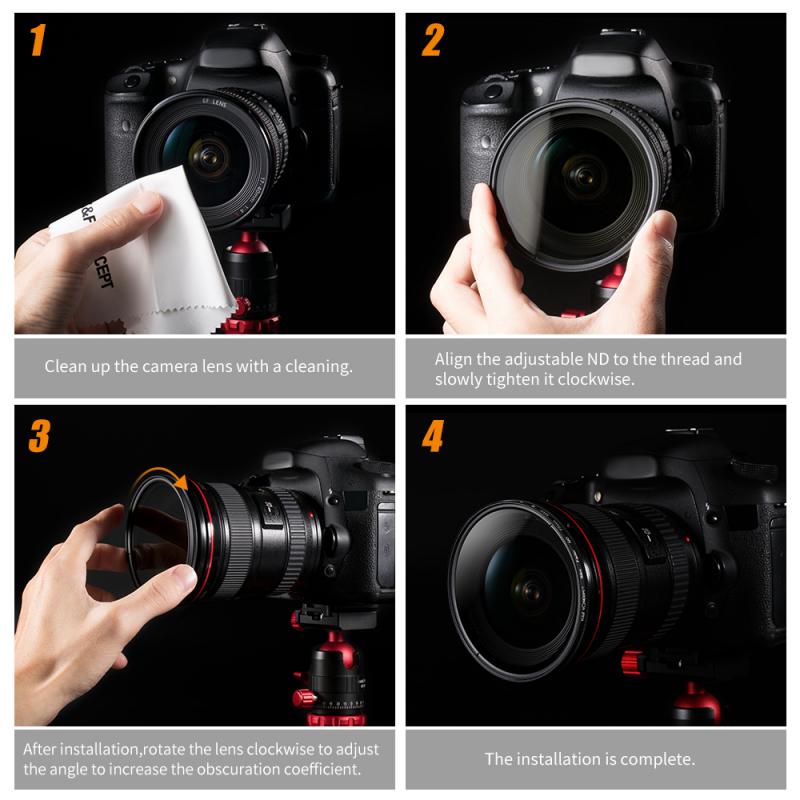
4、 Maintenance practices for endoscopic camera housings
Maintenance practices for endoscopic camera housings are crucial to ensure the longevity and optimal performance of these devices. Cleaning an endoscopic camera is a critical part of this maintenance routine. The process involves several steps to ensure thorough cleaning and disinfection.
Firstly, the camera should be disconnected from the endoscope and any other attachments. This allows for easier access to the camera housing. The camera housing should then be wiped down with a soft, lint-free cloth to remove any visible debris or dirt.
Next, a cleaning solution specifically designed for endoscopic cameras should be used. This solution should be applied to a clean cloth or sponge and gently wiped over the camera housing. It is important to avoid using harsh chemicals or abrasive materials that could damage the camera.
After the initial cleaning, the camera housing should be rinsed with clean water to remove any residue from the cleaning solution. It is important to ensure that no water enters the camera or any of its ports.
Once the camera housing is clean and dry, it should be disinfected using an appropriate disinfectant solution. This step is crucial to eliminate any potential pathogens or bacteria that may be present on the camera.
It is important to follow the manufacturer's guidelines for cleaning and disinfection, as different endoscopic cameras may have specific requirements. Regular maintenance and cleaning of endoscopic camera housings are essential to prevent contamination and ensure the longevity of these devices.
In recent years, there has been an increased focus on the importance of proper cleaning and disinfection of endoscopic equipment due to the potential transmission of infectious diseases. As a result, there have been advancements in cleaning technologies and guidelines to ensure the highest level of cleanliness and patient safety. It is important for healthcare facilities to stay updated with the latest recommendations and guidelines from regulatory bodies and manufacturers to ensure the most effective cleaning practices for endoscopic camera housings.
